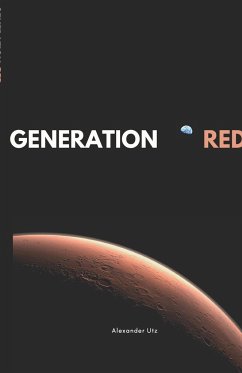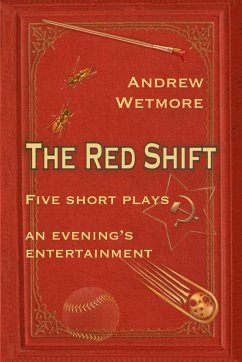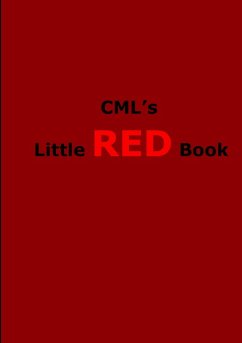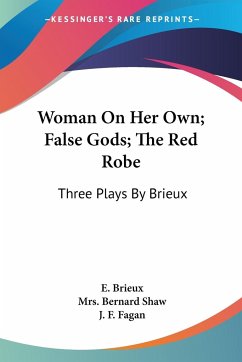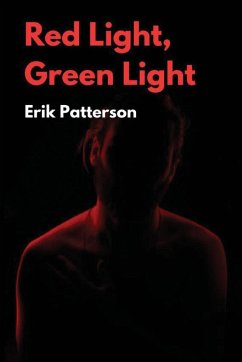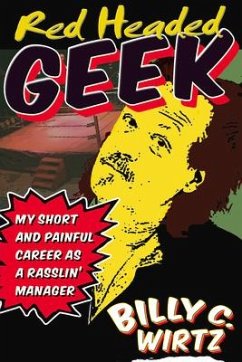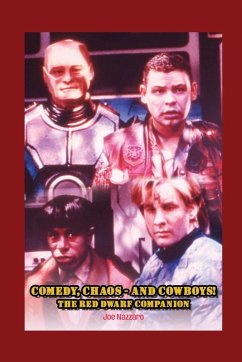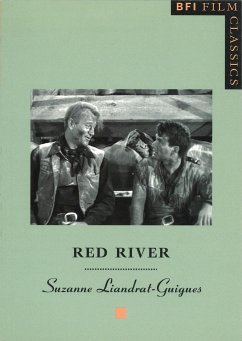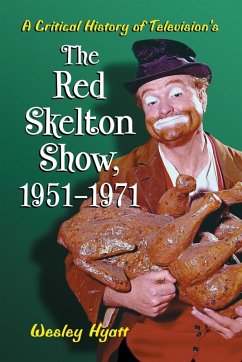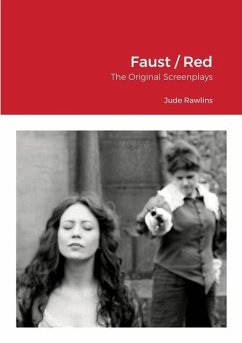
Faust / Red
The Original Screenplays
Versandkostenfrei!
Versandfertig in über 4 Wochen
11,99 €
inkl. MwSt.

PAYBACK Punkte
6 °P sammeln!
FAUST Jude Rawlins follows in the cinematic tradition of Fellini, Jodorowsky, Ken Russell, Derek Jarman, and Sally Potter, with one of the most acerbic literary deviations ever attempted, re-imagining Faust's little known sequel as an irreverent Medieval poetic heresy. Faust, now female, returns to the wilderness to seek Mephistopheles' help to find his lost love Margret. But when they find her, grief has made her a shadow of her former self. After ending her suffering, Faust and Mephisto travel to London, where the goddess Venus plunges them into a world of vice and debauchery, which ends in ...
FAUST Jude Rawlins follows in the cinematic tradition of Fellini, Jodorowsky, Ken Russell, Derek Jarman, and Sally Potter, with one of the most acerbic literary deviations ever attempted, re-imagining Faust's little known sequel as an irreverent Medieval poetic heresy. Faust, now female, returns to the wilderness to seek Mephistopheles' help to find his lost love Margret. But when they find her, grief has made her a shadow of her former self. After ending her suffering, Faust and Mephisto travel to London, where the goddess Venus plunges them into a world of vice and debauchery, which ends in tragedy for one of them and sexual awakening for the other. Or does it? Perhaps it doesn't. Or doesn't it? RED Red is Jude Rawlins' long-gestating tribute to English artist and filmmaker Derek Jarman. The experimental film was made during the Covid-19 lockdown and consists of a complex soundtrack of music and sounds interwoven with stream-of-consciousness dialogue, set against a blank red screen. Jude describes the film is a kind of "spiritual sequel" to Derek Jarman's 1993 film Blue, a deeply immersive emotional journey. Blue was made when Jarman was terminally ill with Aids. "We all knew he didn't have long left," remembers Rawlins, "and in one conversation I tried ham-fistedly to lighten the mood by saying that he shouldn't die, he should live and make a sequel to Blue. Which he turned around on me and said that I should do it, and that as Blue was essentially a film about the pain of dying, any sequel should be called Red and be a film about the pain of living. Almost thirty years on, and I have come to understand that concept very well."




